
views
Starting Dreadlocks

Wash your hair thoroughly. You will start the cleanest, tightest dreadlocks if your hair is clean. Wash your hair with a clarifying shampoo that strips away your hair's natural oils and give it a drier, easier-to-dread texture. Avoid using conditioner, which can moisturize your hair and make it slippery.
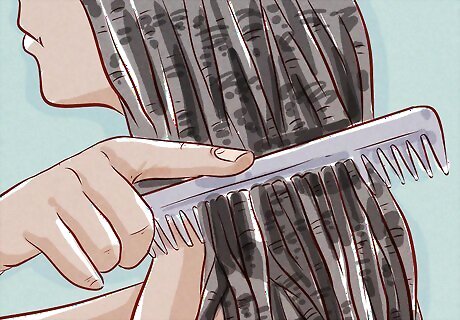
Section your hair into parts. Use a comb to part and detangle your hair, separating it into even sections that are 1 in (2.5 cm) long and 1 in (2.5 cm) wide. Secure each section with a small rubber band to hold it apart from the others. Each section will eventually become its own dread, so make them as thick or thin as you want depending on your preferences.
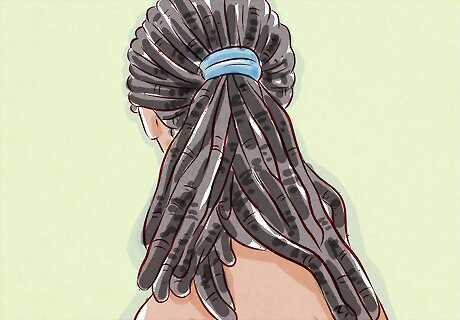
Backcomb your sections with a dread comb. Take a single hair section and insert your comb about an inch away from the scalp. Comb the hair towards your scalp until it packs around the roots, then repeat this process starting an inch back until you pack the entire section. Secure the end with a rubber band to keep it in place if your hair is naturally straight. Use this method on all of your sections to start your dreadlocks. Avoid rushing as you backcomb, as brushing too quickly make loose or uneven dreads. If you don't have a dread comb, you can use a wire brush instead.
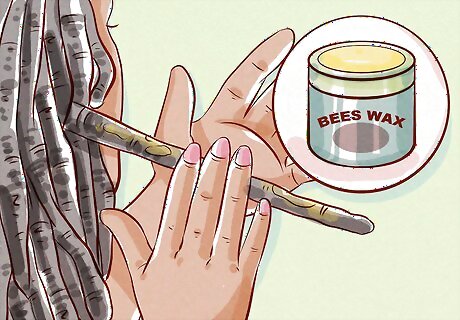
Apply a dread wax to hold the locks in place. After backcombing your dreads, work a coin-sized amount of hair wax into each dread and roll it in shape with your hands. Use your palms to roll the wax into the dread while you twist and shape it with your fingers. Take out the rubber bands after applying the wax, as it will hold your dreads in place. Use a petroleum-free hair wax to avoid product buildup.
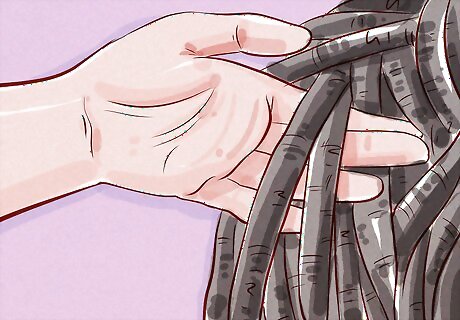
Try professional dread perming instead as a less labor-intensive process. If you don't want to start the dreads yourself, visit a local salon or hairstylist to receive a dread perm. Your stylist will apply a chemical to your hair that forms dreads without having to use a dread comb. Dread perming is more expensive, as the initial treatment costs between $200-400 USD and can require professional upkeep.
Maintaining Healthy Dreads
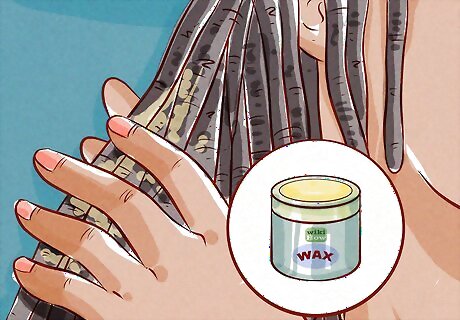
Apply small amounts of wax to hold your dreads in place if desired. To maintain your dread's shape, smooth out any frizz with your fingers. Work a thin layer of wax from the roots to the dread's tip, shaping it into your desired look. Don't over-wax your hair to prevent buildup or weighing down your dreads. Dread wax is advocated by some hairstylists and rejected by others because it can prevent coarse hair from locking up. If you have thick hair, apply the wax sparingly or use a lighter hair gel instead. Murray’s beeswax is a common product used.

Reshape your dreads with your fingers if they get loose. Roll a dread gently between your hands to make rounded ends, smashing the tips against your palm to flatten and retighten them. The hairs will roll up into the dread and become firmer. Avoid retightening too often or yanking on your dreads, as too much can break your hairs at the scalp.

Trim your dreads to maintain their lengths. If you want to trim your dreadlock's length, cut back 1–2 inches (2.5–5.1 cm) of the tip or hire a hairstylist familiar with dreadlocks to cut them for you. Don't trim your dreads for at least 6-12 months after starting them to prevent them from unraveling. When you're ready to remove your dreads, you can cut them yourself or hire a hairstylist to professionally remove them. Dreads need to be cut off since you cannot bring them back down.

Wear a scarf or sleeping cap over your head while sleeping. Too much tossing and turning at night can tangle your dreadlocks together and cause frizzing. To prevent this from happening, put on a sleeping cap to secure your dreadlocks in place. A silk cap is ideal for keeping your dreads moisturized and protect your scalp from friction. Use a silk pillowcase if a scarf keeps coming off in the middle of the night.
Washing Dreadlocks
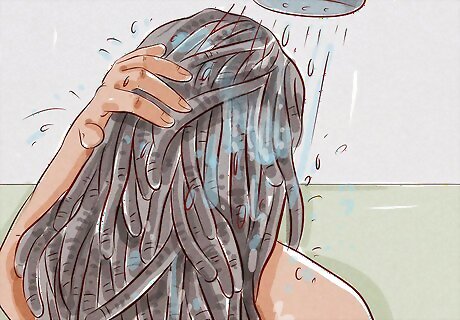
Wash your dreads once a week to keep them healthy and moisturized. Although some claim that dreadlocks thrive on neglect, they need to be washed at least once a week. Washing your dreads prevents oil buildup on your scalp or loose, dirty, tangled dreads. Once a week is the minimum, but once every 2-3 days is ideal. When you first start your dreads, washing them may cause them to unravel. Be prepared to retwist them after each wash for the first couple weeks.

Use a residue-free shampoo on your hair. Wet your hair and apply a coin-sized amount of shampoo to your roots. Work the shampoo through your dreads, then wash it out under running water. Residue-free shampoo is best because it leaves behind less product buildup.
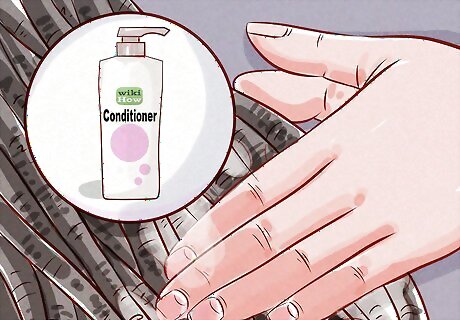
Apply conditioner to the dreadlocks' tips. Conditioning your entire loc can build up in your hair, but the tips need extra moisture to stay healthy. After shampooing your hair, apply a small amount of conditioner to the tips and rinse it out with cool water to seal in the moisture.
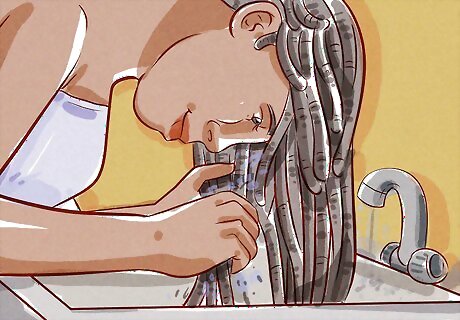
Squeeze out any water and let your dreads dry. After washing your dreads, squeeze any water out of your locks in the shower or over the sink. Pat your dreads dry until they're damp, then let them air dry. Drying out your dreads without squeezing out the water can cause them to mold or mildew, especially if you let them dry overnight. Air drying is the safest way to dry dreads. Blow drying or vigorously towel drying dreads can fray the edges. You can also gently use a microfiber towel.
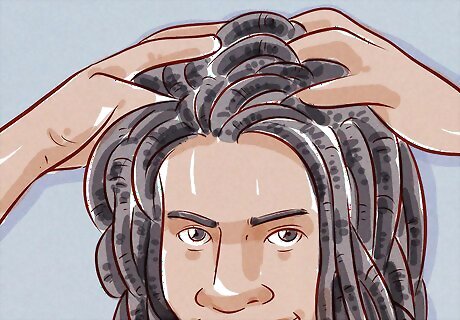
Massage your scalp daily with a leave-in conditioner. To moisturize your scalp and improve its circulation, apply a coin-sized amount of conditioner in your palm and massage it in small circles. This stimulates your scalp's natural oil production to prevent it from flaking or drying out. You can buy leave-in conditioners specifically for dreadlocks online or at some hair salons. You can also use hair creams or oils to protect your hair and support its growth.



















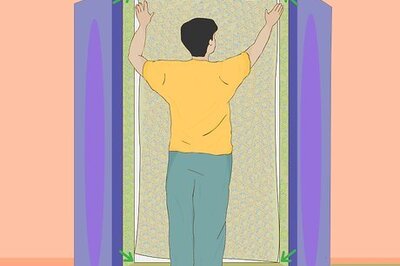
Comments
0 comment